Like many of the components in a computer, performance doesn't always come down to "higher number = better." There's a ton of nuance within each part, and while sometimes performance is easy to quantify by looking at specs, the VRAM capacity of a graphics card isn't one you can do that with.
VRAM is a hot topic in the PC building community as of late, mostly due to the launch of new Nvidia and AMD GPUs, both rekindling the conversations surrounding VRAM capacity, speed, and lack thereof. There's still quite a bit of misinformation surrounding VRAM and its purpose in your PC, and here are 4 of the more prolific myths that need debunking.
4 8 GB isn't enough for gaming
Lighter titles just don't need that much
Now, yes, 8 GB cards are certainly bordering on viable for modern titles, but that doesn't mean they're not without merit. GPUs with 8 GB of VRAM can still easily handle older and lighter games. Esports titles are a great example of where lower VRAM cards can still shine, and while you would like more than that if you're playing anything else, those games are going to mostly rely on the GPU core itself for performance.
On the other side of this same coin, 8 GB simply won't be enough if you want to crank the textures to high and rev up the ray tracing in your favorite new title. Don't expect technologies like DLSS and FSR to be able to salvage your framerate either, as enough VRAM is required to make them work optimally. If the price is right, though, a card with 8 GB isn't always a non-starter for gaming.
3 More VRAM always means more performance
There's a sweet spot, and it's not very high
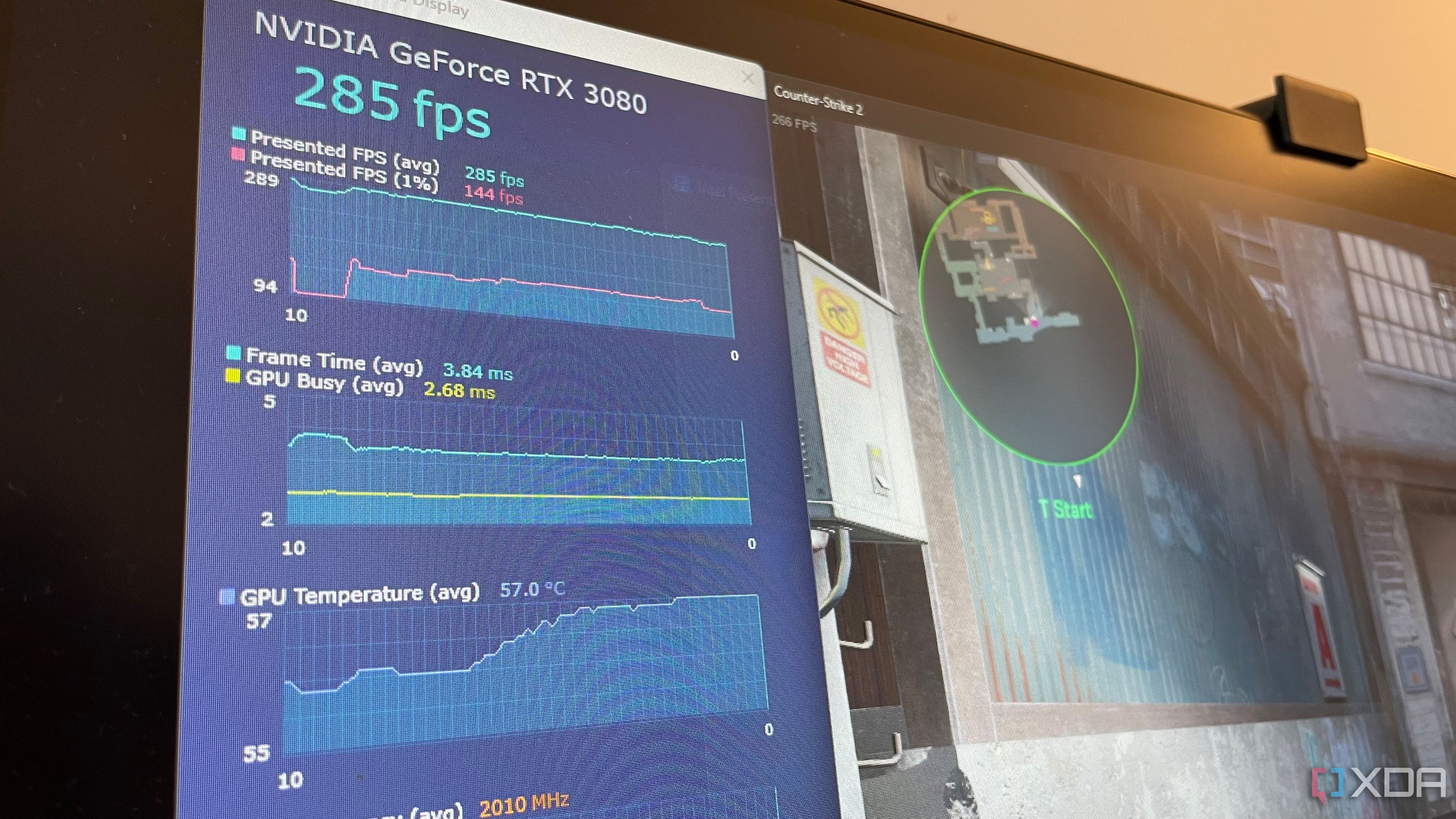
Modern flagship graphics cards are releasing with more VRAM than most computers have RAM, but the truth is, very few workloads can harness that much VRAM at the moment. When it comes to gaming, you can fill any VRAM buffer quickly, especially at 4K resolutions, but there are diminishing returns on both the image quality and performance.
A VRAM buffer of around 16 GB is going to be more than enough for most people. Any GPU upgrade you're considering will probably improve your system's performance due to the GPU itself, not the memory it has on-board. The only case where this isn't true is if you're running into VRAM limits in a very specific instance, in which case getting a card with more memory will almost certainly improve performance.
2 Memory bandwidth is why manufacturers can't add more
It's just not true

The excuse I hear the most for why it wouldn't make sense for manufacturers to add more VRAM to mid-range cards comes down to memory bandwidth. Memory bandwidth is essentially how much data can flow between the memory and the GPU core itself. The concern is that adding more VRAM wouldn't help mid-range cards because they wouldn't be able to read and write the data fast enough anyway.
This just isn't true in gaming workloads, and there's a real-world parallel for this: the AMD Radeon RX 7600. On launch, this card was (rightfully) dismissed as a worse version of the prior generation's counterpart, and the 7600 XT didn't do much to move the needle. The XT version of the card added 16 GB of VRAM and increased clock speeds slightly, which gives us a great comparison point to see exactly if adding VRAM to an allegedly "bus limited" card is ineffective.
Spoiler alert: it helps immensely in modern titles, and, in fact, it's kept the 7600 XT somewhat relevant for users that have them in their rigs. The same cannot be said for those with the 8 GB counter-part.
1 Running up against the VRAM limit will always tank performance
There's more nuance here
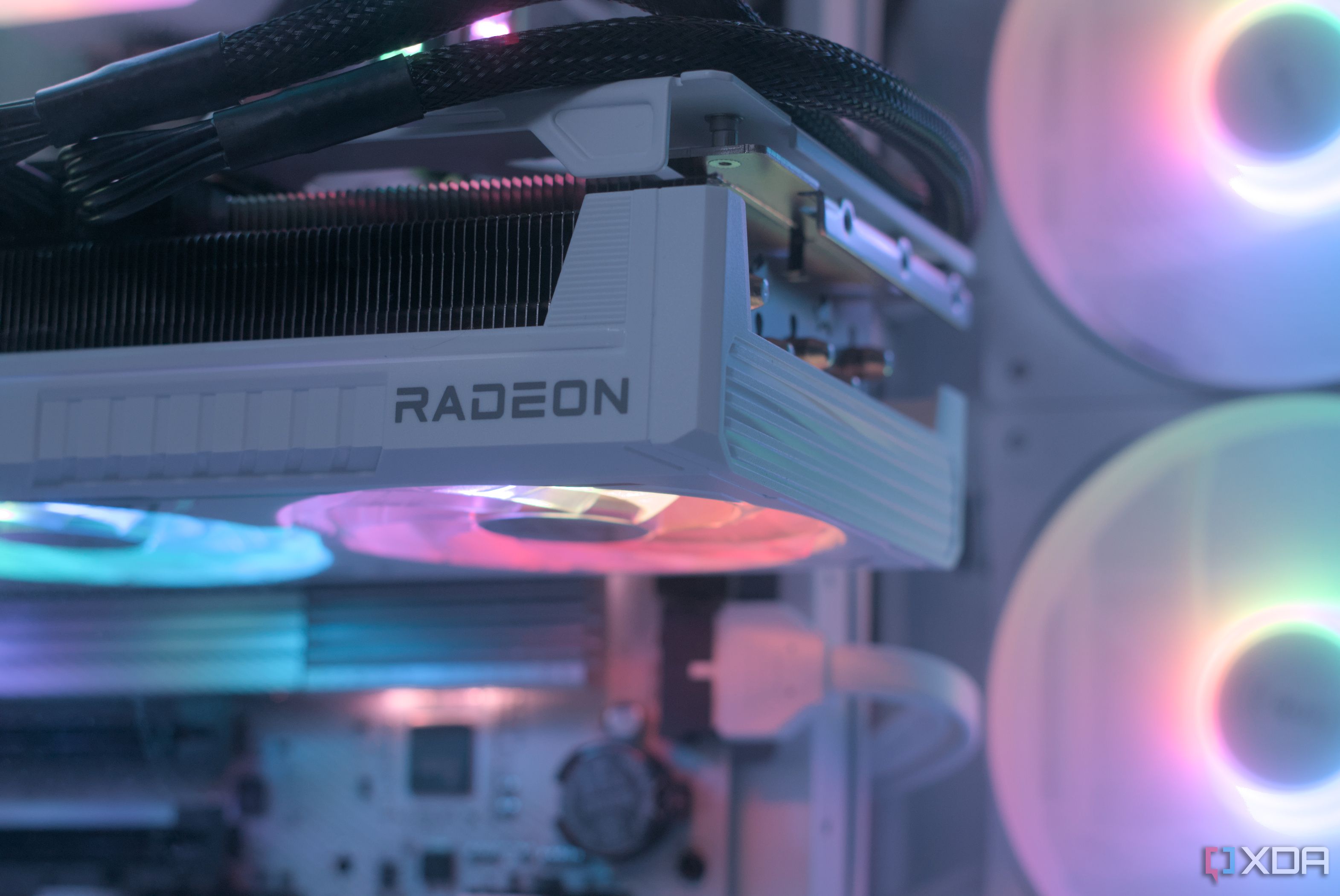
Similar to how adding more VRAM won't always solve performance woes, running right up against the limit doesn't always mean you're leaving performance on the table. In fact, it could just be a sign that the game you're playing is taking full advantage of the memory it has available, and smartly swapping from your system memory as required.
Now, the more swaps that are being done, the lower your 1% framerates will be. If you're really in VRAM trouble, your average framerate will suffer immensely. Running up against your VRAM maximum, while binary, can produce a spectrum of results.
Like so many performance factors in your PC, context matters
VRAM is just one spec of many that can affect performance profoundly, but it's not always as simple as you think. I'll always be screaming from the mountain top that GPUs in general should have more VRAM capacity, but unlike system memory, you can't just add more to your system, it's a part of a much larger purchase, especially currently, as GPUs continue to be almost prohibitively expensive.
.png)
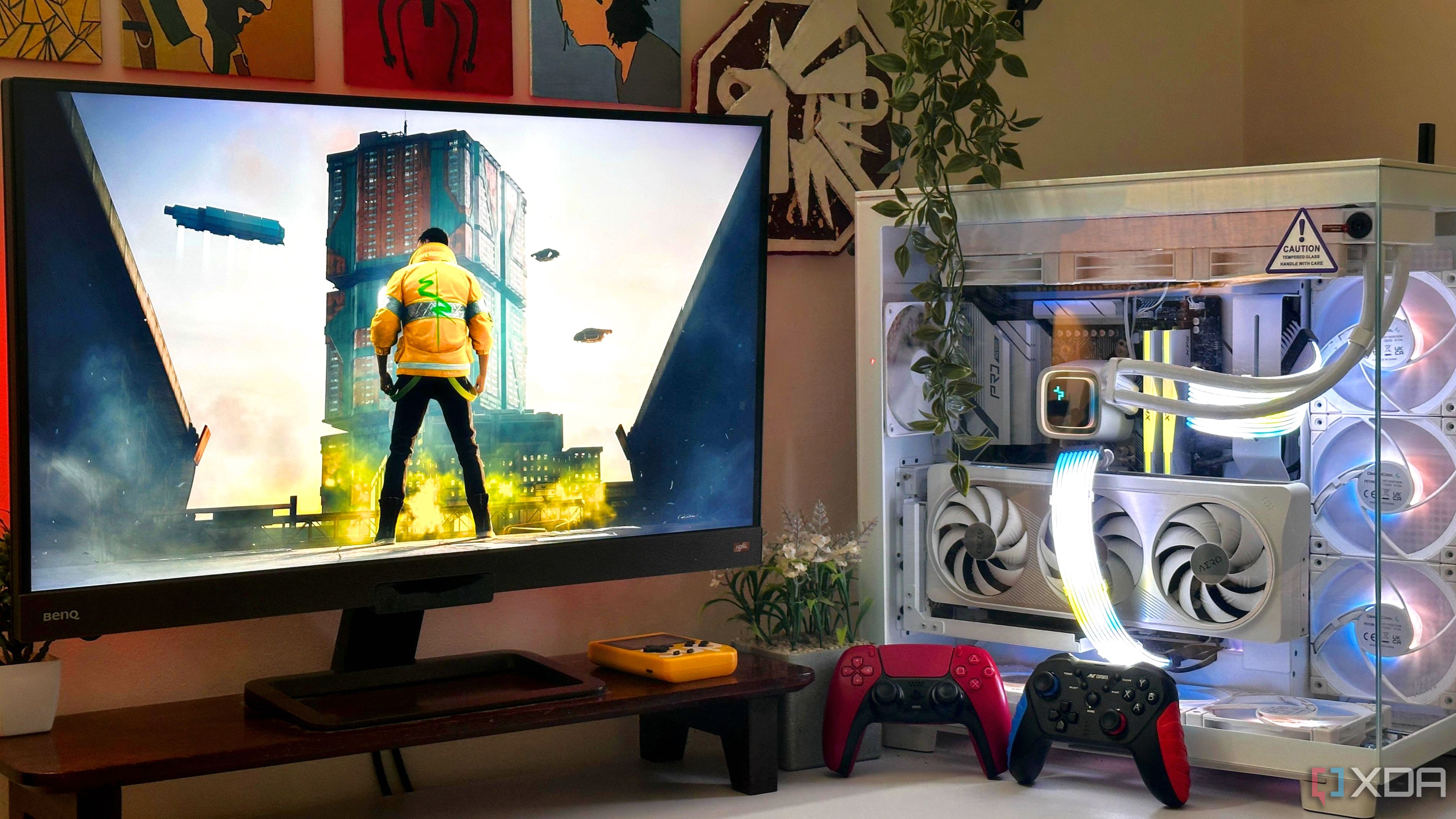
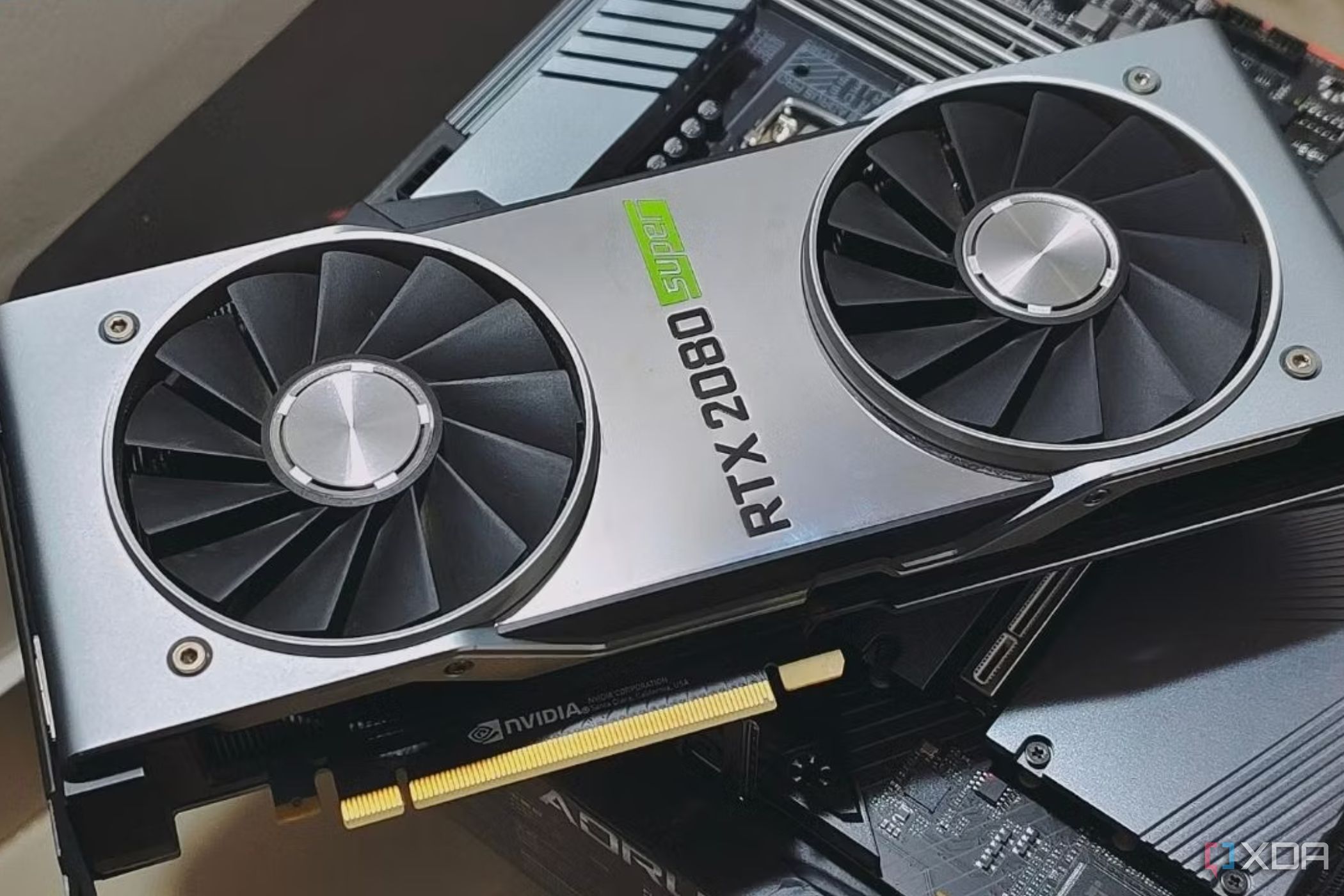
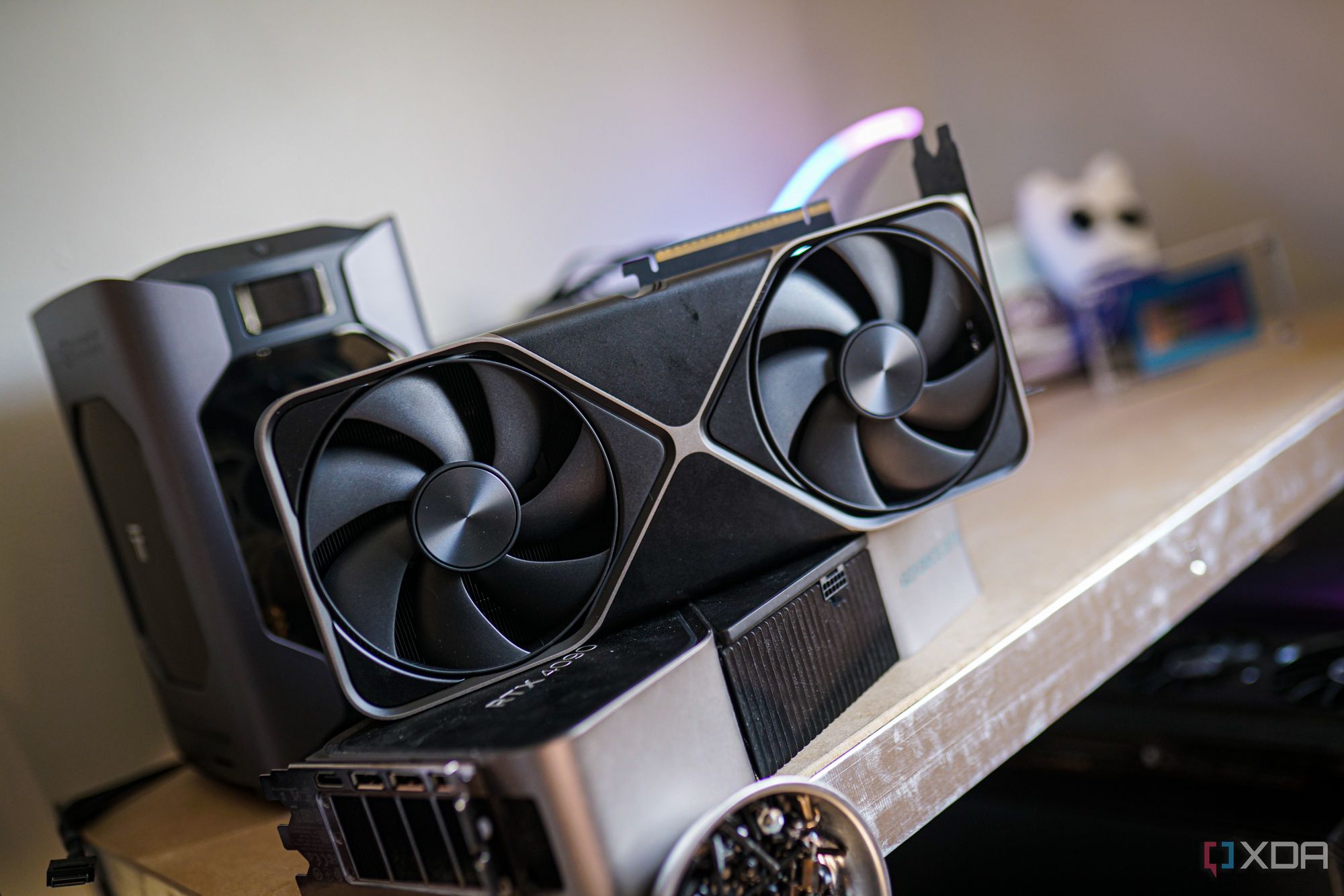
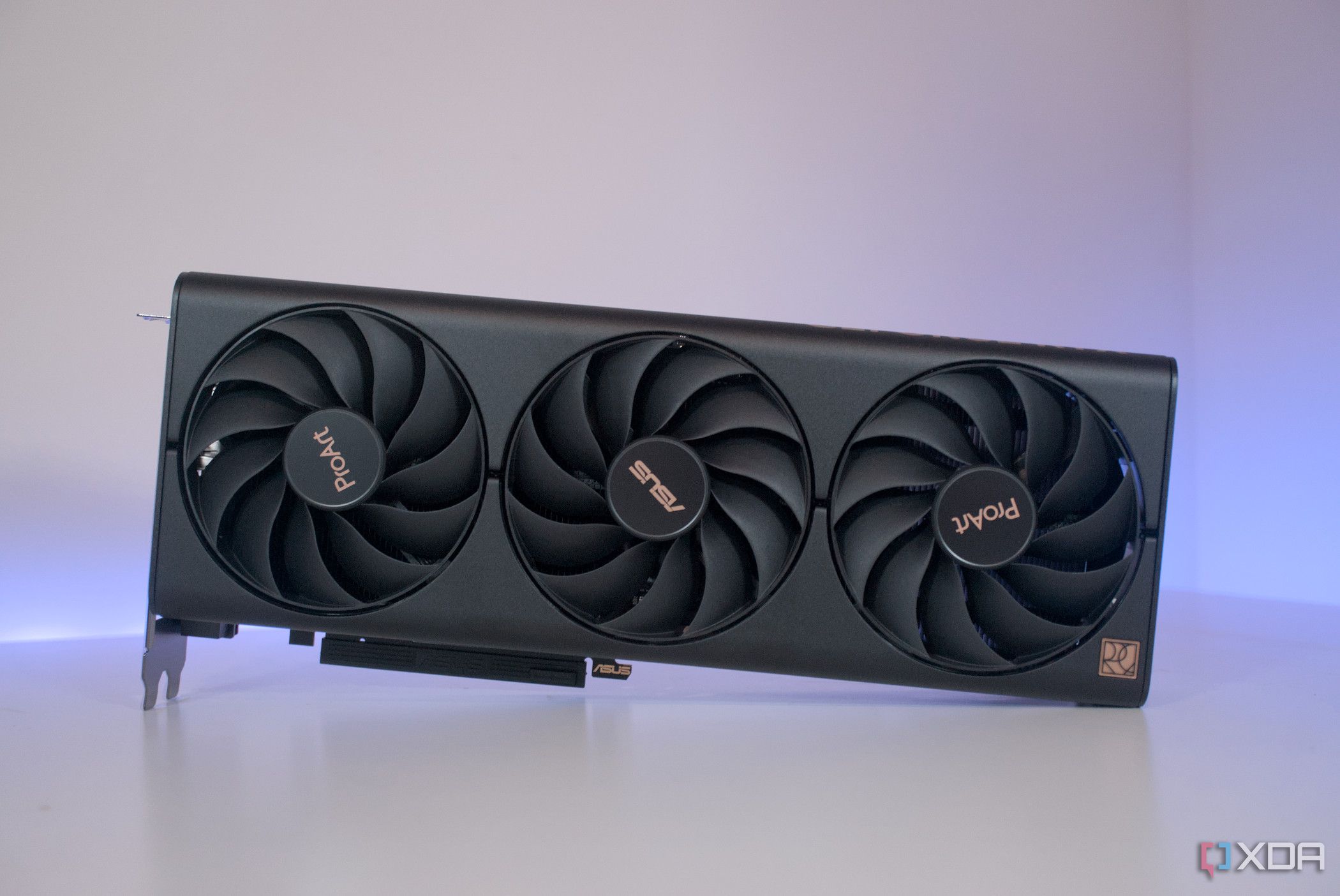
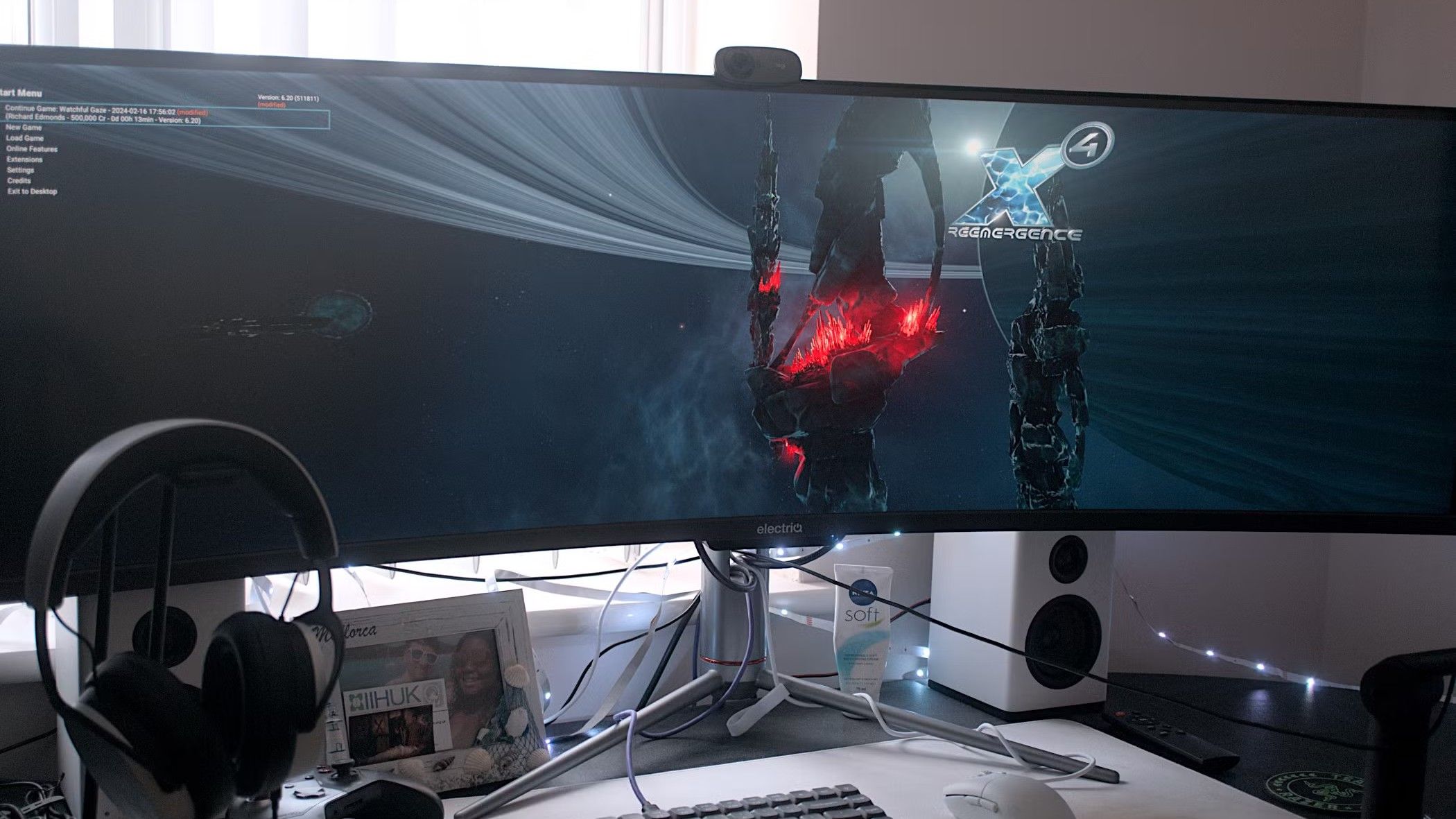











 English (US) ·
English (US) ·